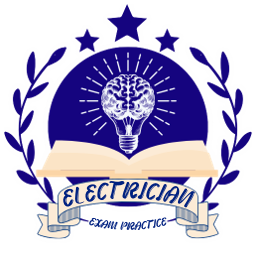Understanding NEC Article 424: Fixed Electric Space-Heating Equipment
Overview
NEC Article 424 addresses the installation, control, and protection of fixed electric space-heating equipment. This equipment includes heating cables, unit heaters, boilers, radiant heating systems, and central heating setups, but excludes process heating and room air conditioning systems. It establishes guidelines for safe and efficient operation in residential, commercial, and industrial settings.
Scope and Applicability
This article covers fixed electric equipment designed for space heating. Key examples include electric baseboard heaters, heating cables embedded in floors, and duct heaters integrated into air distribution systems. It ensures compatibility with other articles, such as Article 440 for equipment with refrigerant motor-compressors.
Branch Circuit Requirements
- Individual Circuits: These circuits can supply any wattage of fixed heating equipment as long as they match the circuit’s rating.
- Multiple Outlets: Circuits supplying two or more heating equipment outlets must not exceed 30 amperes. Exceptions apply for certain industrial and commercial systems rated up to 50 amperes.
- Conductor Sizing: Conductors must have an ampacity at least 125% of the total load, including any associated motors.
Control and Protection
- Disconnecting Means: Heaters require disconnecting mechanisms to isolate all ungrounded conductors. This ensures safety during servicing and emergencies.
- Overcurrent Protection: Resistance-type heating elements must not exceed 60 amperes. Larger systems must subdivide loads, with each load protected by supplementary devices.
- Thermostatic Controls: These devices can act as both controllers and disconnecting means if they meet specific safety criteria, including marked “off” positions and manual reset functions.
Installation Guidelines
- Physical Protection: Equipment subject to damage must be adequately shielded.
- Damp or Wet Locations: Devices in such areas must be listed and labeled for these conditions.
- Spacing and Clearances: Fixed heaters must maintain safe distances from combustible materials unless specifically listed for direct contact.
- Special Conditions: Heated ceilings and floors have unique requirements, such as minimum spacings from other wiring and structural elements.
Marking and Identification
- All equipment must include visible nameplates with voltage, wattage, and amperage ratings.
- Replaceable heating elements must also have markings for identification.
Specialized Systems
- Duct Heaters: These must ensure uniform airflow and include limit controls to prevent overheating.
- Resistance Boilers: Overcurrent protection and overtemperature controls are mandatory for boilers using resistance-type heating elements.
- Low-Voltage Heating Systems: These systems rely on isolating power supplies and must comply with specific grounding and safety provisions.
Key Safety Considerations
- Ground-Fault Protection: Required in specific locations, such as bathrooms and kitchens, to minimize shock risks.
- Inspection: Installations must be inspected and approved before being concealed or covered to ensure compliance with the code.
- Expansion Joints: Heating cables must accommodate building movement and avoid spanning expansion joints without protective measures.
Practical Applications
- Residential: Electric baseboard heaters and radiant floor heating systems.
- Commercial: Heating cables for frost protection in parking lots or sidewalks.
- Industrial: Large resistance boilers for factory heating systems.
Conclusion
NEC Article 424 ensures the safe and reliable operation of fixed electric space-heating equipment by providing detailed guidelines for installation, control, and protection. Adhering to these standards helps electricians and engineers design systems that are both efficient and compliant with safety regulations.








